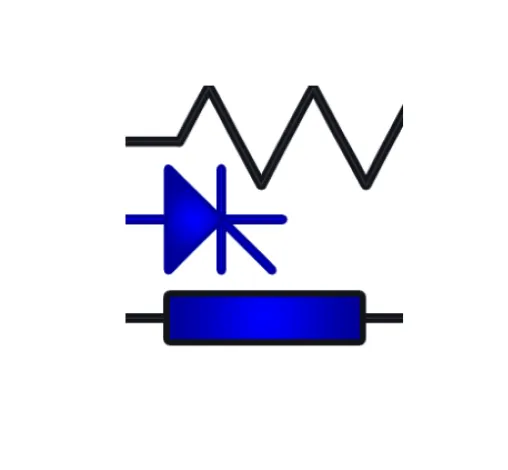111 Results for the search "te":
Extra control functions
Description:
Extra control functions, 17 components: Dead band, Friction, QuantizerLess than (for T1 duration and reset at 110% of the level)
- useful for analogical inputLess than (for T1 duration and reset... see more after T2 duration when higher the level)
- useful for numeric inputGreater than (for T1 duration and reset at 90% of the level)
- useful for analogical inputGreater than (for T1 duration and reset after T2 duration when lower the level)
- useful for numeric inputInverse
- time (5points), external resetFrequency meter, with 4 outputs: rate(Hz/s), period(s), deltaF (pu) and F (hz); based on phase C measurementPI with variables low and hi limitsPI with variables Kp and Ki, low and hi limitsLim(du/dt) , rising and falling fixed, Lim(du/dt) , rising and falling variableFour second order filters,
Tag(s): Components
A collection of PowerRelay devices
Description:
A collection of PowerRelay devices
Distance relay 21,
Synchronizing or synchronism-check device 25,
Instantaneous overcurrent 50 + Ac time overcurrent relay 51,
Frequency relay (ov... see moreer) 81O,
Frequency relay (rate) 81R,
Frequency relay (under) 81U
Plus 6 controlled switch build to connect with theses protection devices.
Tag(s): Protection
Ideal SVC
Description:
This component is an ideal SVC (controlled admittance) instead TRC and TSC. The controlled reactance are design with controlled an inductance and capacitance on each phases.
Vref is calculated wi... see moreth U_ic, the slope and Q_ic.
Tag(s): Components
Javascript in EMTP: The basics (Part 1)
Description:
A basic javascript tutorial for EMTP is presented. A useful self-explanatory case study along with a series of code snippets are presented for better understanding and controlling over EMTP by the Ele... see morectrical engineers. Ask me if you have any queries and suggestions at manzur_bd@yahoo.com
Tag(s): Example
Ferro_hyst_Zno
Description:
Simple ferroresonance case. In this case the switching of a part of the network comprised of a cable connected to a no-load transformer is carried out. A pole of the breaker fails to open and an impor... see moretant and stable ferroresonance phenomena appears.
The ferroresonance problem, whether in a general circuit or in a power-system circuit, is usually tackled in one of two ways : circuit configuration (i.e series and/or parallel) or nonlinearities (i.e saturation and hysteresis of transformers). A fundamental factor to the occurence of ferroresonance is the nonlinear magnetizing characteristic of the transformer and the capacitive coupling.
In this case a 250 kVA, 20/0.4 kV transformer is used. This transformer is represented by the hysteresis transformer model. The hysteresis element has been used as the magnetization branch of the one-phase transformer model. A 200 m cable is used for the study. This cable is modelled by a PI-section. The short circuit power of the source is about 150 MVA.
In order to reduce overvoltages caused by ferroresonance, surge arresters are installed. Two questions have emerged : will the arresters mitigate ferroresonance, and will they fail during ferroresonance ? Simulations in different transient regimes can be carried out in order to determine the maximal current, overvoltages (voltage at the end of the cable for instance), energy absorbed by the arresters
Tag(s): Protection
